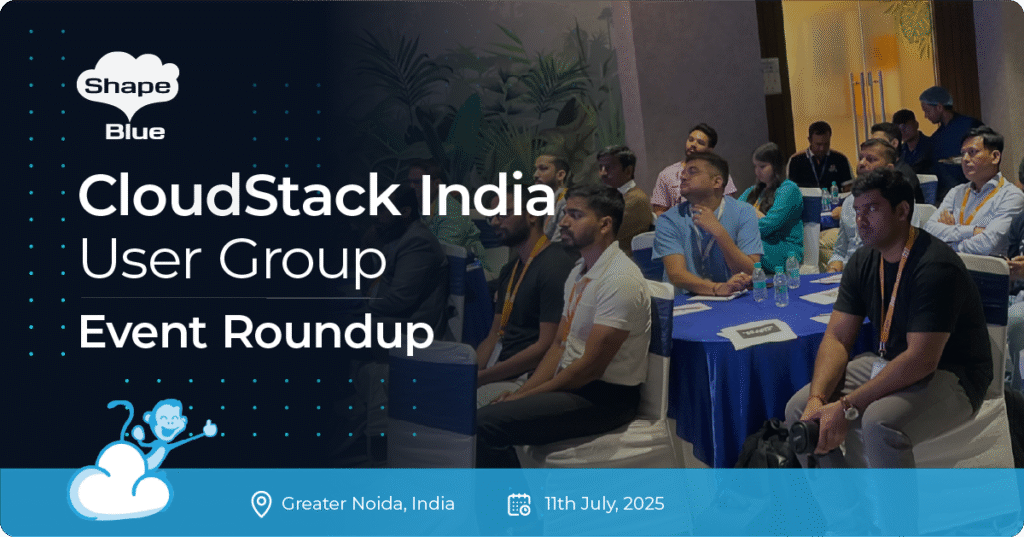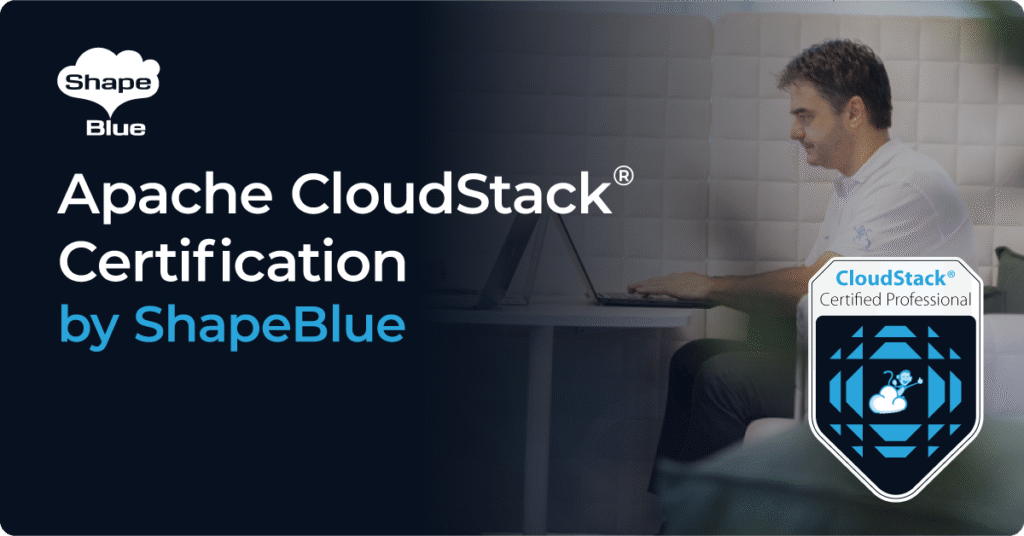Citrix have announced that as of XenServer 7.3, the free version (including the ‘opensource’ version packaged by Citrix) will no longer have feature parity with the paid-for Standard version. (https://xenserver.org/blog/entry/xenserver-7-3-changes-to-the-free-edition.html). Of the features which are restricted in the free version, a maximum pool size of 3 hosts and the removal of Xen Storage Motion are going to make the use of free XenServer to run production clouds pretty much untenable.
The reasoning to easy to see; a percentage of the free XenServer users will conclude that they have no choice, and start paying for support. The users which decide not to pay – well, Citrix weren’t making any money from them anyway, so Citrix haven’t lost anything if they go elsewhere.
But it’s a strategy that isn’t without risk;
- They can only do it once
- New users, faced with having to pay, are now going to be comparing XenServer against the more feature-rich Hyper-V and vSphere rather than against the less friendly KVM.
- Citrix will no longer pick up users who would have ended up paying for support once their environments reached a certain size and they decided that they could no longer do without support.
- Nature abhors a vacuum (Aristotle)…
… and since Citrix’s announcement, an alternative to their distribution has already been announced: XCP-ng, which aims to take the open-source code for XenServer and repackage without the code that limits the features. (https://xcp-ng.github.io/). It’s early days for this project , but it opens up the possibility of creating a viable, supported, open source alternative to Citrix’s distribution. We’re watching developments on this carefully
How CloudStack Can Help
CloudStack is very proud of its hypervisor agnosticism, which gives ‘free XenServer’ users a number of avenues to pursue with little or no disruption.
- Continue with Citrix XenServer and start paying for the standard version – From a CloudStack perspective, nothing much changes. We will work with Citrix to license test instances of XenServer so that we can continue to ensure fully tested compatibility of XenServer with CloudStack.
- Continue with the free edition of XenServer and reduce the pool sizes of future pools. CloudStack will continue to operate as before, except that the removed features will no longer operate. Smaller pool sizes are generally less efficient in terms of shared storage usage and failure domains. The loss of storage migration is extremely inconvenient, but it is still possible to operate a cloud with these constraints. Sub-optimal is the applicable (polite) phrase here.
- Switch to an alternate hypervisor (ie vSphere, Hyper-V or KVM). As CloudStack supports a wide range of hypervisors, switching to an alternative has no technical blockers. The end users’ experience will continue exactly as it was. The cloud operator will need to convert templates and VM images to the new hypervisor’s native format – which will be a pain.
- Switch to XCP-ng. XCP-ng is planned to be a drop in replacement to the Citrix XenServer, so theoretically CloudStack shouldn’t notice the difference. The CloudStack community will work with the XCP-ng community to ensure that XCP-ng works with CloudStack.
Mixed Hypervisor Clouds
It’s important to note that pre-XenServer 7.3 environments aren’t going to suddenly stop working tomorrow, and XenServer 7.1 is a long-term support release, so people have time to migrate. CloudStack will quite happily run multiple hypervisor types in the same zone or even the same pod, making a migration between hypervisors something that can be achieved over time, rather than having to achieve it in one big bang.
Summary
‘The only constant is life, is change.‘ (Heraclitus)
CloudStack continues to demonstrate how its design and implementation allows users to adapt to the ever changing virtualisation landscape with the minimum possible disruption.
About the author
Paul Angus is VP Technology & Cloud Architect at ShapeBlue, The Cloud Specialists. He has designed and implemented numerous CloudStack environments for customers across 4 continents, based on Apache Cloudstack.
Some say that when not building Clouds, Paul likes to create Ansible playbooks that build clouds. And that he’s actually read A Brief History of Time.
Steve is ShapeBlue’s COO and is responsible for all day-to-day administrative and operational functions of the business, including the consulting, programme management, and support functions.
Involved with CloudStack since 2012, Steve has led several large customer engagements including a number of major public and private cloud deployments; co-ordinated and developed worldwide teams and helped implement and deliver an enterprise grade support product.
Prior to ShapeBlue, Steve held senior technical, project and account management roles in enterprise IT outsourcing companies where he gained domain experience in the finance, professional services and defence markets.
Away from work, Steve is a father, keen guitarist, snowboarder and singer (not necessarily in that order).
Away from work, Steve is a music lover and semi-professional musician. Although he doesn’t speak at many technology conferences, he can sometimes be heard providing the evening entertainment.





